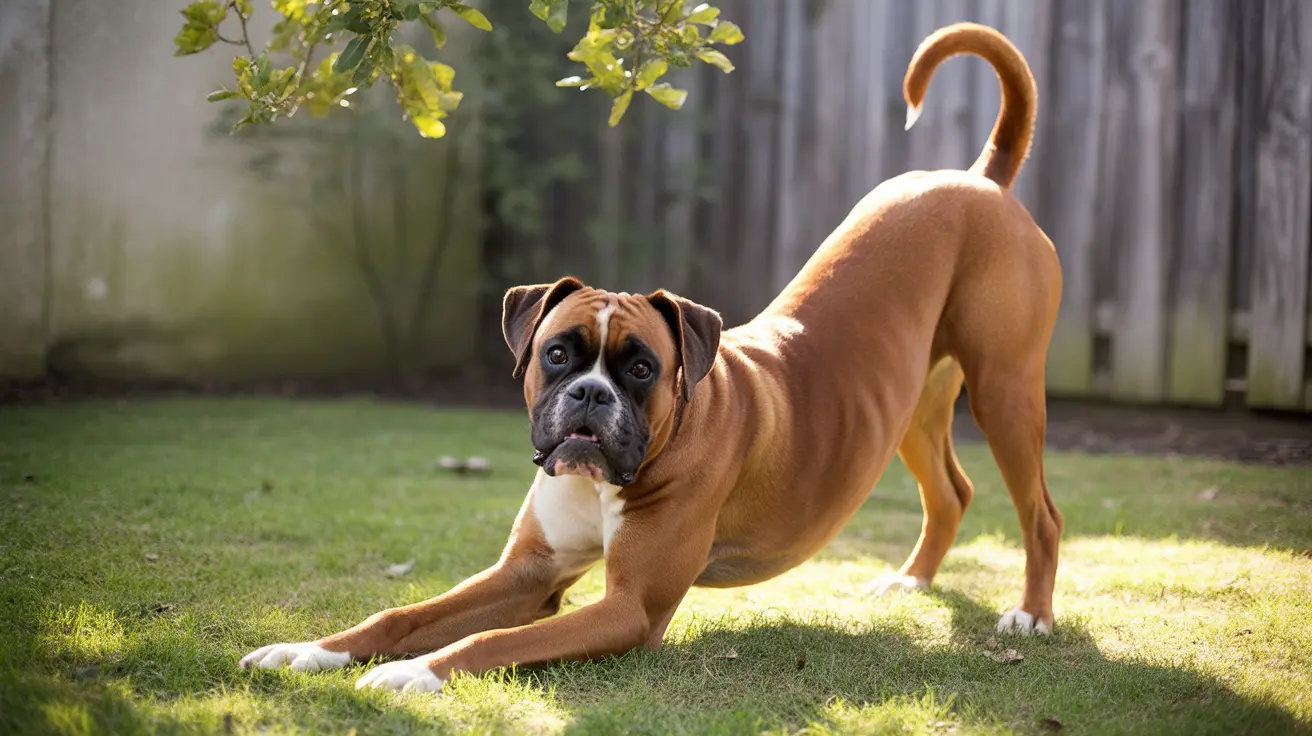When it comes to canine pregnancy and birth, complications can arise that require immediate veterinary attention. Dystocia in dogs, commonly known as difficult or abnormal labor, is a serious condition that can affect both mother and puppies. Understanding this condition is crucial for dog breeders, veterinary professionals, and pet owners alike.
In this comprehensive guide, we'll explore everything you need to know about dystocia in dogs, from its common causes to treatment options and prevention strategies. Whether you're a first-time breeder or an experienced veterinary professional, this information will help you recognize and respond to this potentially life-threatening condition.
What Causes Dystocia in Dogs?
Dystocia can occur due to various maternal and fetal factors. Maternal causes include uterine inertia (weak or absent contractions), narrow birth canal, and physical conditions such as obesity or age-related changes. Brachycephalic breeds like Bulldogs, Pugs, and Boston Terriers are particularly susceptible due to their unique anatomical features.
Fetal causes often involve puppy positioning problems (malpresentation), oversized puppies, or fetal death. Single-puppy pregnancies carry a higher risk as the lone puppy may grow too large for normal delivery.
Identifying the Signs of Difficult Labor
Early recognition of dystocia symptoms is crucial for successful intervention. Key warning signs include:
- Pregnancy extending beyond 68 days
- Strong contractions for over 30 minutes without puppy delivery
- Green or bloody discharge without puppy delivery
- Visible distress or exhaustion in the mother
- A puppy visible at the vulva but not progressing
Diagnosis and Veterinary Assessment
When dystocia is suspected, veterinarians perform several diagnostic procedures to determine the best course of action. These typically include:
- Physical examination of the mother
- Digital vaginal examination
- Ultrasound or X-rays to assess puppy position and viability
- Blood tests to check the mother's health status
Treatment Options and Emergency Care
Treatment for dystocia depends on the underlying cause and severity of the condition. Medical management may be attempted first, particularly in cases of uterine inertia without obstruction. This can include medications like oxytocin to stimulate contractions and calcium supplementation.
However, many cases require surgical intervention through cesarean section (C-section). Studies show that C-sections have a success rate of over 98% when performed promptly. This is especially common in brachycephalic breeds and cases involving obstructed labor.
Prevention and Risk Management
While not all cases of dystocia can be prevented, certain measures can help reduce the risk:
- Careful breed selection and matching of breeding pairs
- Regular prenatal veterinary check-ups
- Maintaining healthy weight during pregnancy
- Understanding breed-specific risks
- Having an emergency plan in place
Frequently Asked Questions
What are the common causes and risk factors of dystocia in dogs?
The most common causes include uterine inertia, narrow birth canal, malpresented puppies, and oversized fetuses. Risk factors include brachycephalic breeds, first-time mothers, obesity, and advanced maternal age.
How can I recognize the signs and symptoms of dystocia in my pregnant dog?
Watch for prolonged gestation, unsuccessful straining, visible distress, abnormal discharge, or a visible puppy that isn't progressing through the birth canal. Any labor lasting more than 30 minutes without puppy delivery requires veterinary attention.
What diagnostic methods do veterinarians use to confirm dystocia in dogs?
Veterinarians use physical examination, digital vaginal examination, ultrasound, and X-rays to assess the situation. These tests help determine puppy position, size, and viability, as well as potential obstacles to delivery.
What treatment options are available for dystocia in dogs, and when is a C-section necessary?
Treatment options include medical management (medications like oxytocin) and surgical intervention (C-section). C-sections become necessary when there's obstruction, fetal distress, or when medical management fails. They're often the preferred option for brachycephalic breeds.
How can breeders and pet owners prevent dystocia in high-risk dog breeds?
Prevention strategies include careful breeding selection, maintaining healthy maternal weight, regular veterinary check-ups during pregnancy, and understanding breed-specific risks. Having an emergency plan and veterinary contact information ready is also crucial.
Remember, dystocia is a serious condition requiring immediate veterinary attention. When in doubt, always consult with your veterinarian to ensure the best possible outcome for both mother and puppies.






